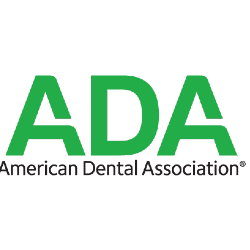When it comes to oral surgeries, anesthetic plays an important role. It is safe and helps relieve the anxiety and discomfort of oral surgery. There are different anesthetic options for oral surgery; some of them include:
Local Anesthesia
Local anesthesia is one of the commonly used anaesthetic in oral surgery. It is used in procedures like fixing dental cavities and tooth decay. Local anesthesia refers to a numbing medication that is injected directly into the affected area. In most cases, it is injected into the gums around the infected tooth. We use local anesthesia in minor oral surgeries like cavity filling that doesn’t take up much time. Once applied, you will remain conscious during the procedure but won’t feel any discomfort. Instead, you will only feel the pressure applied by dental instruments. In most cases, nitrous oxide is often used alongside local anesthesia. This helps keep you conscious but unable to feel any discomfort.
General Anesthesia
This is a type of anesthesia that uses IV sedatives but produces a more sharp and profound experience. With general anesthesia, you won’t have any memory of the actual procedure. This anesthesia is mainly used when performing major surgical procedures. For instance, when you lose a significant number of teeth and want to replace them with dental implants, we will use general anesthesia during the installation process. This anesthesia is adequate over a long period and is ideal for lengthy surgical procedures.
IV Sedation
This type of anesthetic is used in oral surgery. This method involves creating a brief period of sedation during which the surgery occurs. It is relatively more potent than a local anesthetic. However, with this method, you will have very little memory of the actual surgical procedure. Get in touch with us for more information on the anesthetic options available.









